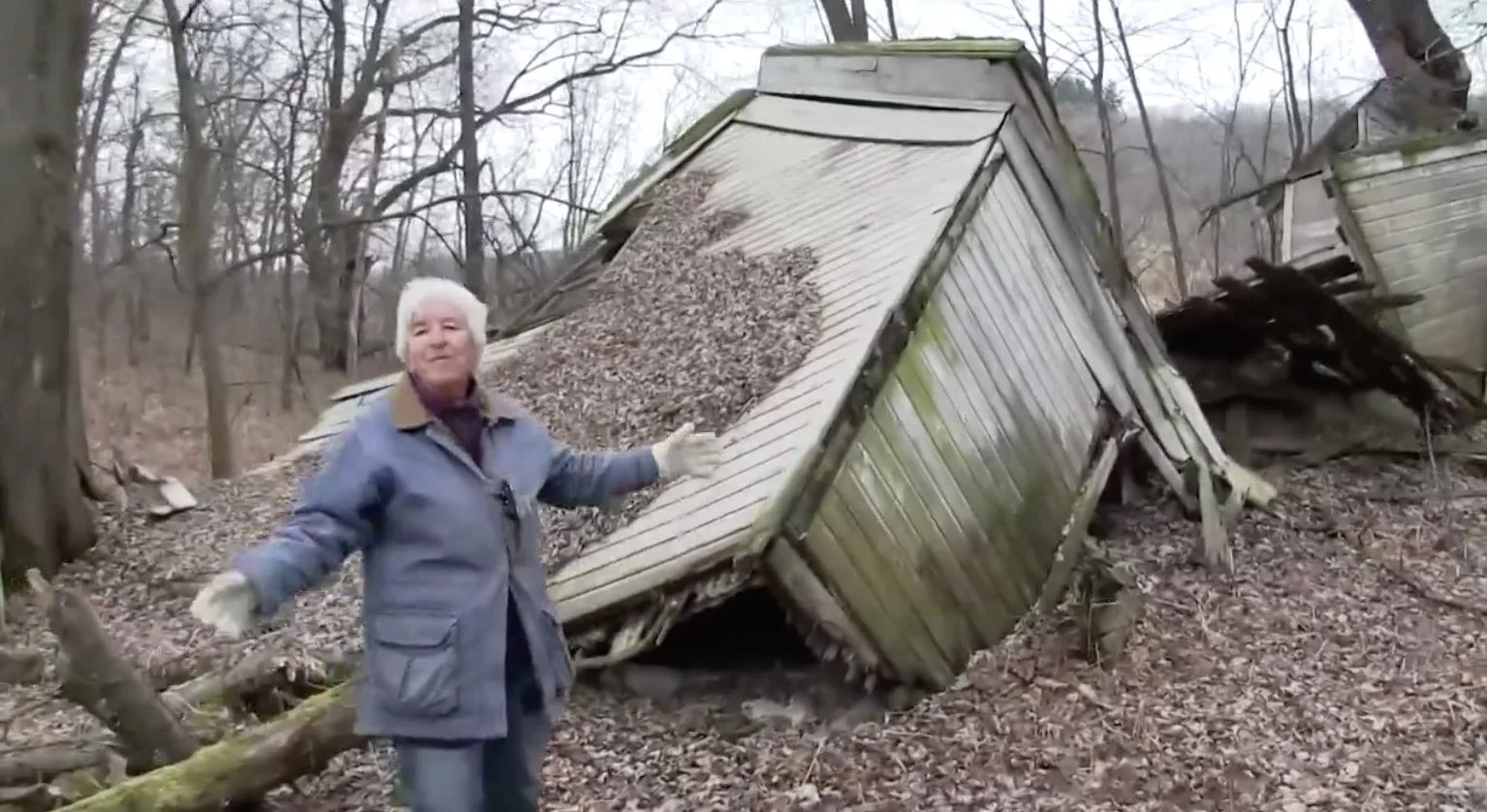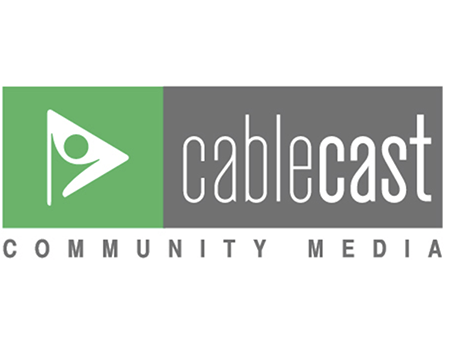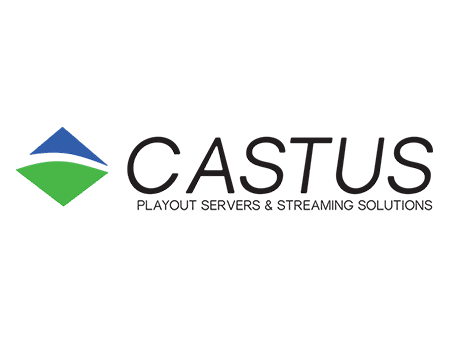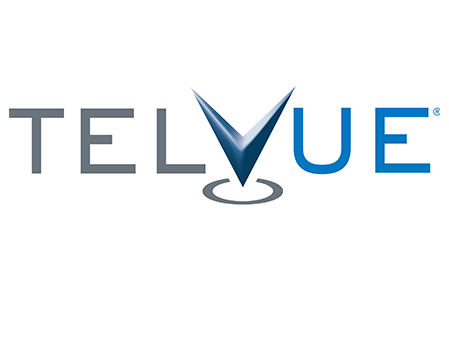One of WCM’s charter members is celebrating its 35th birthday this year — Oshkosh Media. The local media center programs Gov TV, Life TV and Oshkosh FM, providing the City of Oshkosh with access to local government, a free speech forum through its public access station, and entertainment and community news on the city’s only community radio station.
With three full-time staff members and a strong crew of local producers and volunteers, Oshkosh Media now reaches the community on a variety of platforms: cable TV, YouTube, live streaming on the web, and on over-the-top (OTT) platforms like Roku and Amazon Fire TV. “We are pretty proud of the work we do here, especially when it comes to providing government transparency and working with our local non-profits,” said Oshkosh Media Operations Coordinator Jake Timm. “We get a ton of support from our Common Council, City Manager and our community, and we do not take that for granted.”
In 1987, Dr. Robert Snyder, the chairman of the Radio-TV-Film Department at the University of Wisconsin – Oshkosh, had the vision to start a cable television channel to serve the citizens of Oshkosh. The City of Oshkosh recognized the potential of Dr. Snyder’s idea, and following federal law and its own local ordinance, asked the cable company to set aside a PEG (public, education, and government access) channel for its use. At that time, the city had not allocated any funds to operate such a channel. Since the City of Oshkosh didn’t have any staff or facilities for television production, the City agreed to contract with UW-Oshkosh. The channel went live later that year on Time Warner Cable channel 24 with the first-ever coverage of Oshkosh Common Council meetings.
John Schwartz, a student at the University of Wisconsin – Oshkosh, became the first part-time coordinator of the channel. Andy Radig, who is now the full-time Communications Coordinator for the city, was hired in 1990 to be the second part-time student director for the station. But Radig is not the only long-time staffer at Oshkosh Media. Jon Urben, who was hired to be the station’s first full-time coordinator in 1991 and served in that capacity until 2009, is currently the city’s General Services Manager and oversees the Oshkosh Media division.
In the early 1990’s, residents’ demand for local information increased and City leaders saw an opportunity to move its television operations from UW-Oshkosh to City Hall and hire additional staff. Great things started to happen. Over the next several years, Oshkosh Community Access Television (OCAT) kept growing – more programming, more demand, more interest in the channel. In 1997, Connie Carmical was hired as the first production specialist. She enhanced marketing efforts while providing much needed production support. In the same year, a new automation system was installed allowing for unattended programming playback, resulting in a big increase in the amount of programming that could be carried on the channel.
OCAT also became active on the state level. In 1997, it was among about a dozen PEG channels that founded a statewide organization for PEG channels called the Wisconsin Association of PEG Channels (WAPC). OCMS volunteered to sponsor the first media fest exclusively for PEG programs produced by professional and amateur producers and continued to provide administrative support for the organization for nearly ten more years. "Wisconsin Community Media (formerly WAPC) is woven into the fabric of our organization," said Timm. "We recognize the value the organization provides to its 50+ members around the state, and we are proud to be an active member."
During this period, it became clear that even more funding for the channel was needed to keep up with the demand for local programming. The answer was the creation of the “Friends of OCAT,” a 501(c)(4) organization that could raise funds for community television projects and programming initiatives. The Friends of OCAT organized in 1997 and supported the coverage of high school sports, local arts programming, and the purchase of new camcorders and other production equipment. The Friends spearheaded new fundraising projects, which increased community involvement and raised the profile of community television. "The Friends of OCM are so important to our mission here," said Timm. "Of course, they provide valuable financial support, but they are also great partners and ambassadors for us in the community.
In 2002, the city equipped its City Hall meeting rooms with robotic cameras and self-contained production systems, which enabled the city to improve the efficiency and quality of meeting coverage while at the same time increasing the number of meetings covered -- meetings which now included the School Board and County Board.
By 2003, OCAT’s program schedule on channel 10 was brimming over and the city made the monumental decision to activate a second channel, a dedicated community channel that could expand the number of hours dedicated to public access programming – shows produced by residents. Community Access TV 2 (CATV 2) debuted in May 2003 and channel 10 was rebranded as CitiCable 10, a channel dedicated to government coverage.
The two channels were now a part of an OCAT organization that was operating out of a newly remodeled and slightly expanded City Hall facility. Digital equipment was purchased in 2003 for the production studio and control room, the master control room playback facility, and the nonlinear video editing bay. The remodeled facilities enabled both channels to be operated efficiently from the space in City Hall.
In 2005, yet another community media initiative was undertaken by the Friends of OCAT – the establishment of the first low power FM (LPFM) radio station in the Fox Valley. An FCC license was secured by the Friends in partnership with the City of Oshkosh and the station debuted as WOCT 101.9 FM in January 2006. The new station created a lot of excitement with a unique and eclectic mix of musical formats. The station was also open to residents, who could submit programming, volunteer, or request music created by local artists. The radio station also opened up government meetings to non-cable audiences for the first time with simulcasts.
Staff came to recognize that OCAT was becoming much more than a community television service, and this led to the next rebranding to “Oshkosh Community Media Services”, or OCMS. The Friends group adjusted their name to the Friends of OCM to account for the evolving ways that community media was reaching audiences.
In 2008, recognizing the new opportunities to reach audiences online, OCMS began offering its coverage of government meetings and locally produced programs on the OCMS website. Videos became available both on-demand and as a livestream of CitiCable 10. While social media platforms were still in their infancy in 2008, OCMS began using them in the next several years to reach even more new audiences.
In keeping with their mission and goals, in 2015, OCMS decided to change the names of their channels, moving away from channel numbers and acronyms, to names that would represent the specific program missions. “Gov TV” was chosen to replace “CitiCable 10” for the channel that carries local government issues and activities. “Life TV” was chosen to replace CATV 2, because, Timm explained, “we felt that the word “life” was the best word to encompass the programming and mission of this channel.” The station itself was rebranded simply as Oshkosh Media.
Today, Oshkosh Media has a staff of three full-time city employees headed by Timm. Radig is the Communications Coordinator and Scott Williams is the Video Editing Technician.
Volunteers play a vital role in the production of community and municipal programming, assisting in the creation of both in-studio and remote productions. Community producers produce programs like worship services, auto racing programs, studio talk shows, concert coverage and more. Volunteers fill many roles besides producer, too, including camera operator, floor director, audio, and other technical positions. Oshkosh residents interested in volunteering at OM or producing their own show at OM production facilities need to sign up for a training class.
There have been many changes over the years and Oshkosh Media will continue to evolve to serve the needs of Oshkosh residents now and into the future.
- Tom Loucks


























